Beauty lies in the fisheye of the beholder. Follow these tips to get the most out of your fisheye lens!
Every photographer strives to take the best photos he or she possibly can. Part of taking a great photo is being able to exercise creative freedom. When it comes to the Fisheye Lens, benefits such as low light shooting, wide angle perspective, and beautiful barrel distortion set it creatively apart from any other tool.
Like any other lens, the Fisheye Lens has its own unique strengths and uses.
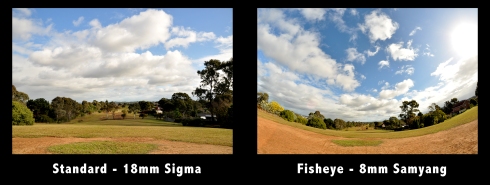 Fisheye lenses allow us to see the world in a new perspective.
Fisheye lenses allow us to see the world in a new perspective.
With a fisheye lens in hand, you can turn ordinary scenes into creative playgrounds, and turn beautiful scenes into works of art! Keep these tips in mind to really make the most of your fisheye lens:
#1 – Use the Edges
The foremost rule of thumb is that a photographer shoots a fisheye lens for the edges of the frame, and not the center. Fine details and subjects all become lost when placed in the center of the frame. If you want your subject to have any sort of presence in your scene, make sure to put your subject close to the camera as and along the edges of the frame.
In the example above, the subject is standing within arm’s length of the camera.When the model is placed in the middle of the frame, his scene presence is minimized. The model’s has more presence when he is placed along the edge.
 In this set of photos, the importance of subject placement is much more obvious. In the middle photo, the subject is standing about 25 feet (7 meters) from the camera. He is pretty much invisible in this scene. In the left and right photos, the subject has moved closer to about 10 feet (3 meters). As he is closer to the camera, and set along the edge of the scene, his presence increases.
In this set of photos, the importance of subject placement is much more obvious. In the middle photo, the subject is standing about 25 feet (7 meters) from the camera. He is pretty much invisible in this scene. In the left and right photos, the subject has moved closer to about 10 feet (3 meters). As he is closer to the camera, and set along the edge of the scene, his presence increases.
#2 – Tilt Up Or Down
The best way to take advantage of a fisheye lens’ pleasing barrel distortion is to change your own view as a photographer! If a fisheye lens is held completely level at an open horizon, the bending effects of the lens are minimized. This may be desirable if the photography wants to hide the bending. By tilting the lens up or down, you can control the exaggeration of bending distortion in the scene. The more the camera is titled, the stronger the bending effect becomes.
Tilting upwards will make the sky bend towards the viewer like a planet falling out of the sky. Counter to that, tilting the lens downward will make the foreground appear to be a small planet all on its own. However, tilting downward will often result in legs, shadows, and tripods ending up in the scene! We will address this matter shortly!
#3 – Tilt Left or Right
Along with tilting up down, the lens can be tilted to the left or to the right. The corners are the true sweet spots in the frame of a fisheye shot. It is vital to keep in mind that fisheye lenses have a wonderfully wide horizontal angle.
However, it can be far too easy to lose track of all that real estate. Instead of letting all that valuable frame space go to waste, put that frame on a dutch angle! By setting the frame at just the right angle, captured scenes can be made more interesting by including more vertical foreground and sky.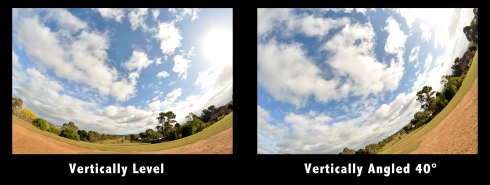
As seen in the set of images above, the “Vertically Level” shot seems fine on its own, but as the ground forms a bowl shape, the viewer’s focus may get confused. When angled at 40°, the viewer can see foreground closer to the camera, as well as a higher clearance of sky. The flow and dynamic of the scene also changes completely! Again, The more the camera is titled, the stronger the bending effect becomes. Experiment and find out what your lens can do!
#4 – Use the Horizon
Try to keep horizons clean and clear of clutter. It’s easy for fisheye shots to end up messy and confusing. By having a distinct definition between land and sky, or light and dark, fisheye shots will make much more sense, and have an easier flow to follow.
Remember to make use of titling the lens up or down, and left or right. By keeping the horizon in mind when framing the orientation and angle of the shot, you’ll end up with solid composition that’s easy on the eyes.
Think of the horizon as a painter’s canvass. It should start out simple and spotless. No painter wants to start with a canvass that already has messy stuff already on it! Once you have a clean canvass, gradually and thoughtfully build upon it. Shape your horizon by finding elements in the scene to build up interest in the scene.
#5 – Elevate Your Point of View
Tilting the camera downwards while it at eye level results in an awful lot of ground and a lack of balance in the scene. With a wide angle fisheye, you may even end up with your legs, shadow, or tripod in the shot! Using a monopod to elevate your perspective is a valuable technique. You will find that your creative freedom expands fantastically.
 This curious giraffe was more than happy to pose for the fisheye lens mounted to a 7′ monopod.
This curious giraffe was more than happy to pose for the fisheye lens mounted to a 7′ monopod.
With an elevated perspective, the danger of exaggerated foreground becomes much less of a threat. This will also allow you to capture a wider range of subjects in the scene. The balance of the overall scene is much better distributed. Also, elevated perspective gives photographers the opportunity to capture some delightfully creative scenes.
#6 – Shoot In The Dark
Fisheye lenses let in a whole lot of light. Wide viewing angles are also very forgiving to movement in the scene. Take advantage of this blessing by shooting at night. This allows photographers to shoot scenes that would otherwise by extremely difficult to capture. With a fisheye in hand, don’t shy away from scenes that would normally make you say, “blimey, it’s way too dark here.” Shooting at night also helps photographers get a stronger grasp on light, shadows, and composition.
Trade slower shutterspeed for higher apertures. While it may be tempting to stop the aperture all the way up (to the lowest f-stop value), this may not be necessary. Fisheye lenses are much less sharp than standard lenses, so stop your aperture down a bit and reclaim some sharpness in your exposure. Fisheye lenses can handle slow shutter speeds quit well due to wide viewing angles.
#7 – Keep it Clean
Fisheye lenses tend to be a bit more susceptible to dirt than standard lenses. Even the slightest water spot, smear, or speck can ruin a potentially beautiful scene. Fisheyes exaggerate dirt on the lens! Spherical lenses also tend to get dirtier more easily than standard lenses, due to their shape and surface area. Make sure to clean your lenses before leaving the house, and better yet, bring along cleaning kits.
Most of all, practice improving your techniques, experiment, and have fun!
For more tips, techniques, and hands on time with cool camera gear, check out the upcoming The Digital Show Expo in Melbourne, VIC!
Click to register for free entry!
Happy Hunting
Jerrel Dulay
Photography by Jerrel Dulay
All photos were taken with a Samyang 8mm, and copyright Jerrel Dulay.

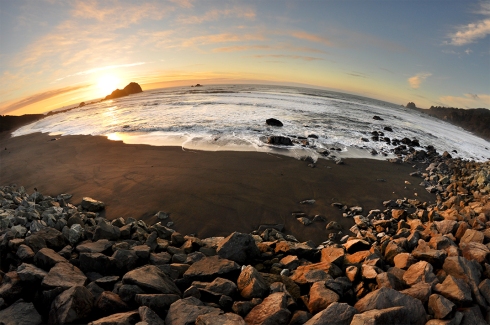


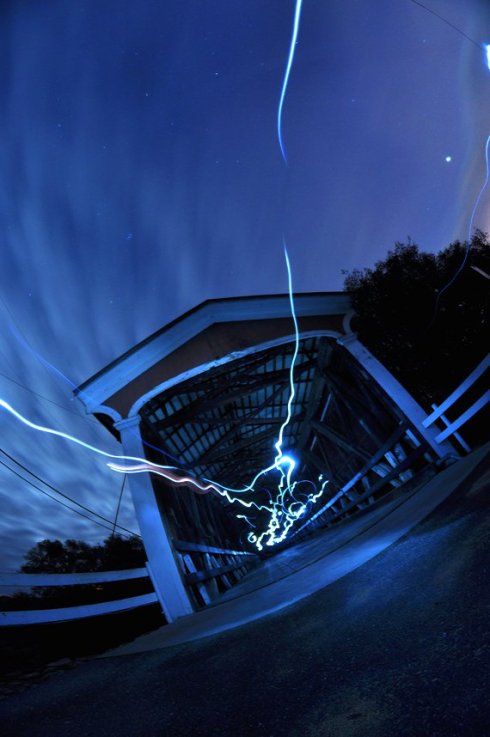

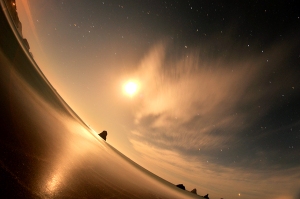
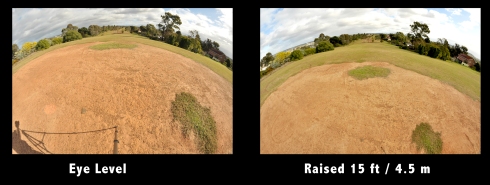
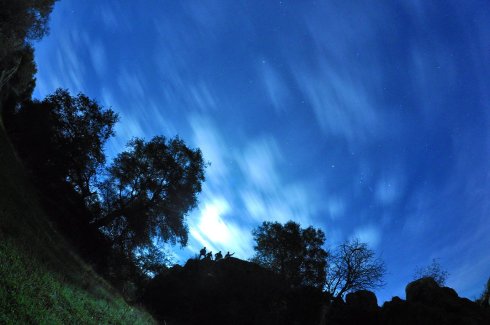
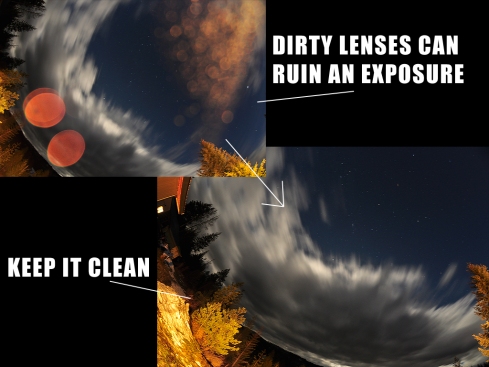

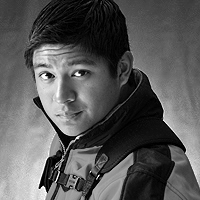

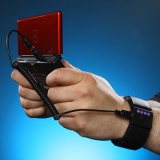

September 25th, 2012 at 3:12 am
Good article/tips. I just bought an inexpensive fisheye-only camera and look forward to experimenting with it.
November 28th, 2012 at 11:00 am
Thanks for this.
December 29th, 2012 at 2:17 am
[…] de website Idigital Darwin geeft een paar tips weg. Zo wordt hier ondermeer geadviseerd om gebruik te maken van de horizon in je compositie, en […]